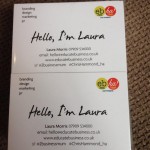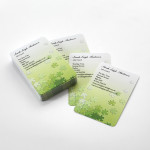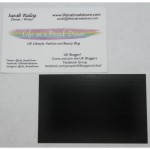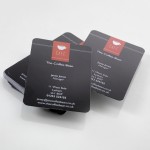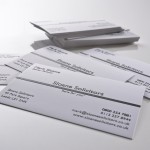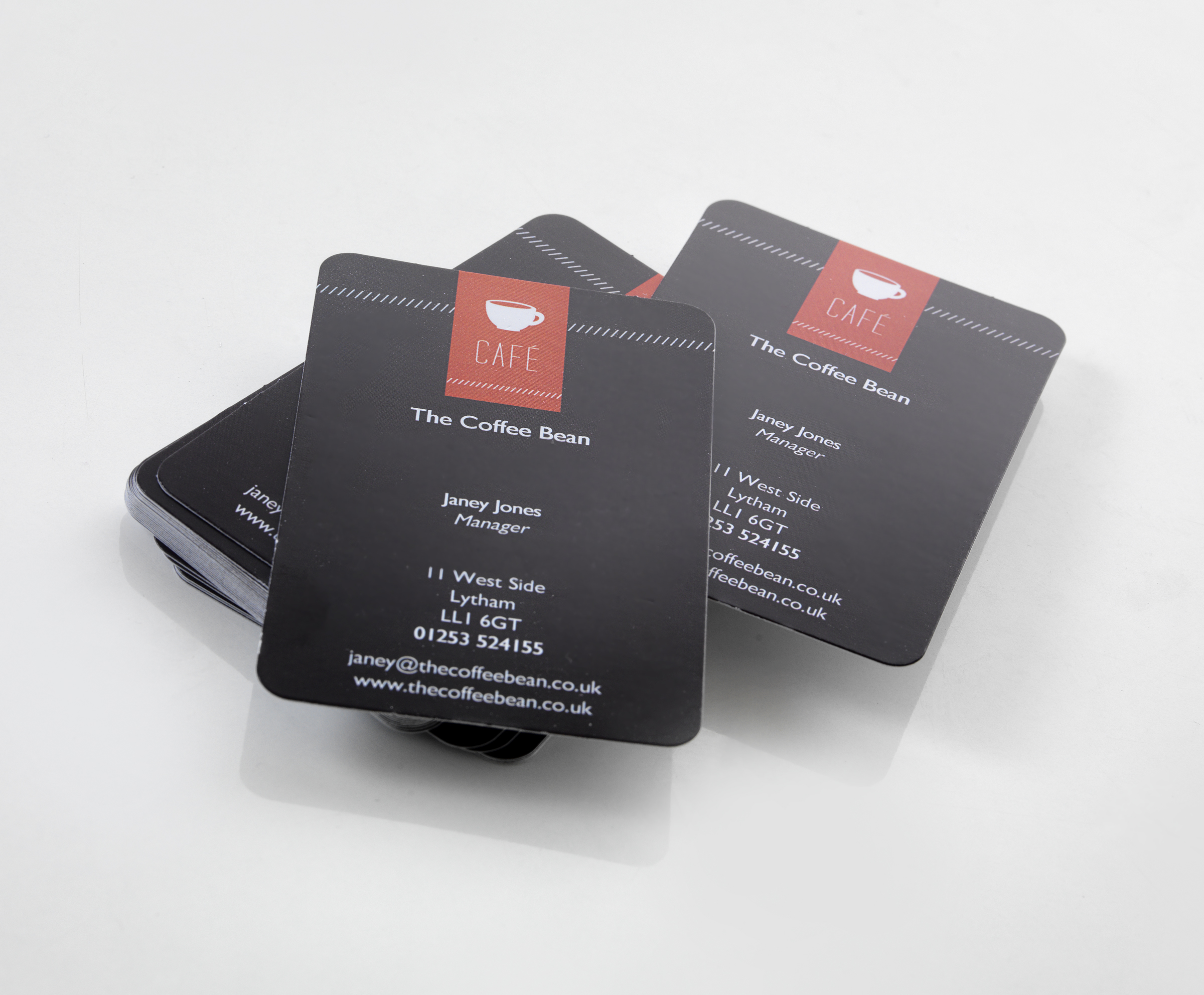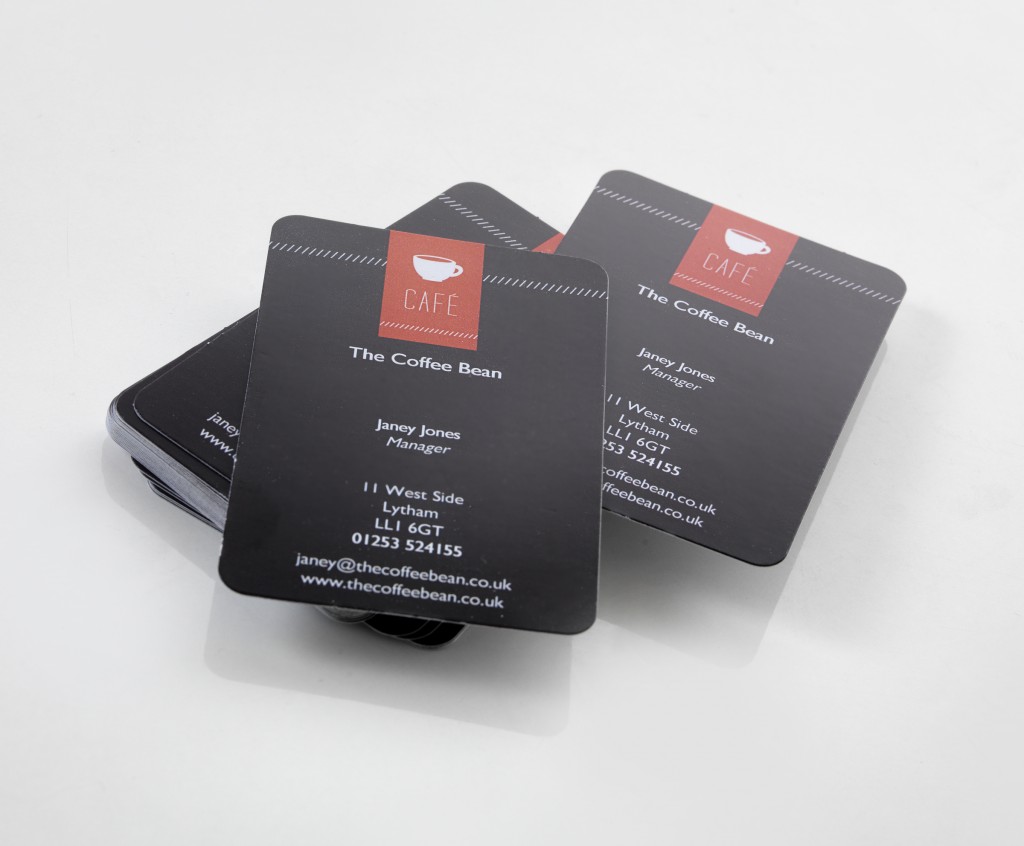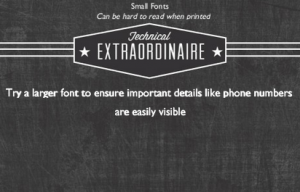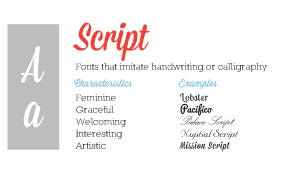Whether you’re just starting out in a new career path, have recently changed jobs, or have founded your own business, there are many reasons you might be thinking about designing a new business card. Perhaps you’ve just realised that your old business card needs a bit of a refresh.
Even if the digital age has transformed the way business connections are made these days, physical business cards are still effective tool for marketing and communication. But the problem is that not all business cards are alike. The way you design your business card, the information you put on it, and even which company you use to print it can have a huge effect on the impression it makes on others. And that, in turn, can have a knock-on effect on your success in the business world.
Today, we’re going to go over why it’s crucial to have a well-designed business card, the steps involved, and some of the most significant mistakes you should avoid making when designing one.
Why Is It Important to Have a Good Business Card?
One of the most common questions asked about business cards is: are they even still relevant in the modern age? Why is it important to have a physical business card when most professional communications and marketing can be done digitally? Well, here are some compelling reasons:
1) Business cards are an inexpensive way to promote your brand. Being made of paper, and able to be mass-printed for pennies, they won’t break the bank
2) They’re great for events and conferences. Handing over a business card is a quick and easy way to make that professional connection, without having to rattle off your e-mail address or phone number for the person to copy down
3) Business card are easy to display and to distribute, as they’re small enough to fit into the standard card pocket of a wallet
4) As business cards are a tactile object, they’re a physical reminder of the connection you’ve forged. An e-mail or website link is easy to misplace, but if someone’s got their business card in your pocket, they’ll find it again
5) Business cards help to spread your branding. You can include your logo, tagline, colour scheme and even special offers or product information.
But of course, a business card is only as good as its design. A boring, badly designed, unprofessional business card will be hard to read and may risk people taking you (and your company) less seriously. That’s why it’s vital to design a good business card that will draw the eye and make people want to get in touch.
How Do You Design Your Own Business Cards?
Business cards don’t have to cost the earth. While you can pay a designer to make your business cards for you, this can be quite expensive – and if you’re just starting out with your business, you may not have the funds available.
If you’re looking to save money, an easy way to do so is to use a professional stationery site, such as 123Print. You’ll be able to choose a template that speaks to you, and edit it yourself online – choosing your own wording, font colours and styles, and adding your own images. Your unique design will then be professionally printed to order, using high-quality cardstock.
The steps involved in designing your own business card are as follows:
1) Choose the shape and size. The traditional rectangular business card shape is the most universally loved, as it’s easy to fit into a wallet or business card holder. But business cards can also have vertical orientations, rounded corners, and other interesting design elements.
2) Choose the style and colour scheme. This would include the size, font, and colour of your card. The overall purpose of typography is to prioritise legibility over anything else.
3) Upload your logo and other graphics. The logo is the most important part, as it will instantly draw the eye and create brand awareness. You can also add other graphics and things like QR codes.
4) Add contact information. As well as your name and company name, you’ll need to include a phone number, e-mail address, and website URL. You can also include your physical premises address (if you have one), and other socials such as Facebook and Instagram.
5) Add a call to action or other details that will entice people to contact you – such as special offers, a discount code or even a loyalty card stamp section on the reverse.
This all may sound simple, but there are many traps people fall into – especially when designing a business card for the first time. Here’s what to avoid doing.
What to Avoid When Designing Your Business Card
These are several mistakes that you want to avoid when creating your own business card design. They are:
1. Not Using a Professional Stationer
Many new business owners are tempted to try making their own business cards. Unfortunately, this is never a good idea – unless you happen to have professional printing equipment on-hand.
Home-made business cards are difficult to get right. You might inadvertently cut off vital information in the margins, use poor quality paper or ink, or risk cutting them roughly or wonky. Home-made business cards always have a slightly slap-dash appearance which risks making you and your company look unprofessional.
2. Leaving Out Vital Contact Information
Needless to say, the contact information is the most important part of a business card. Your potential clients and contacts will need a way to reach you.
But don’t think that merely providing an e-mail address will do. Make sure to include a working telephone number, website address, and the physical address of your business (if applicable). And include your social media handles, too.
If you’ve recently changed phone numbers or acquired a new web domain, make sure you’re using up-to-date information rather than old contact details that won’t work.
3. Forgetting to Triple-Check for Mistakes
Grammatical errors, spelling mistakes and typos simply translate that you do not care enough about your business as a whole. And what’s worse, if the typo is in the phone number or e-mail address, it can actually prevent people from contacting you.
You can avoid this error by thoroughly double- and triple-checking every detail before sending your design to print. It’s always worth getting a second pair of eyes to take a look, too – as if you’ve been staring at a design for too long, you might miss something obvious.
4. Choosing the Wrong Font Style, Size or Colour
Choosing a font that’s hard-to-read will put people off, and may even prompt them to throw your business card straight in the wastepaper basket. Avoid using looping cursive fonts, too-small text, or a font colour that blends into the background.
Although you might be tempted to use a font colour that will match your business’s colour scheme, it’s vital that it will actually stand out in high contrast to the background colour. If your colour scheme is yellow, for example, this won’t be easy to read against a white card.
5. Using Harsh or Inappropriate Colour Schemes
Following on from the theme of colour, note that poor colour choices can ruin an otherwise decent business card design. Understand how colour schemes work together on paper and affect the design balance.
And while you might want your card to stand out, you must realise that different colours can create wildly different first impressions about your company. Making your business card pillar-box red might catch the eye, but it may cause people to associate your company with urgency, anger, or danger – not ideal if you run a relaxing spa, for example.
6. Not Including a Call to Action or Value Proposition
The value proposition – which is, essentially, a promise of the value your business is going to deliver – gives you a chance to make a connection with your readers. You may consider a brief summary of services you offer, for example.
And a call to action is equally important – something that you want the reader to do. It doesn’t need to (and shouldn’t) be long or rambling. A short phrase such as “call us today” or “check out our website” will still have an impact.
7. Leaving Out Essential Branding
Remember that your business card is a vital took for spreading your branding far and wide. Branding can help create general awareness of your company, and encourage people to choose your business over your competitors, purely due to familiarity.
So, it’s essential that you include your company logo, tagline, and any other essential parts of your branding right on the front of your business card. You’ll also need to coordinate the font and colour scheme on your card with what you’ve used on your website and other marketing materials.
8. Including Too Much Unnecessary Information
It is quite frustrating to look at a business card with lots of overwhelming information squished altogether. You’ve heard of the term “less is more” – and this is definitely the case with a business card. You only have a small area to work with. A business card isn’t the same thing as a flyer, where you’ve got more space to go into detail about what your business can offer.
Focus on the essential information (contact details, a brief indication of what you offer, and a call to action). You can always use the reverse of the business card for any extra details you might like to include.
9. Trying to Print Text or Graphics in the Margins
While designing your business card, remember that there will be a margin of space around the outside of the card where nothing will be printed. You may be tempted to spread your text right to the edges of the card in order to fit more in – but this would be a mistake, as there’s a genuine risk it may get cut off. Not only will the text be unreadable, but it will also make your business card look unprofessional.
When you’re choosing your business card template, pay close attention to where the sample text is aligned and use the dotted line as a guide to where the margin will be. Be sure to check the proof to make sure your text and images look OK before you send your design to print.
10. Not Ordering Enough Business Cards
The last thing to avoid when you’re designing your new business cards is not ordering enough. Particularly if you’re just starting out, you may be tempted to order the smallest amount of business cards possible to save money. But you will be genuinely surprised at how quickly you’ll go through them. It’s always better to order significantly more than you think you’ll need, so that you’ll have spares on hand at all times.
That way, you can keep some on your person, give them to employees to hand out, and of course keep a stock of cards in the shop or office. You can even include business cards in the packaging when you ship orders to encourage customers to shop again.
If you’re ready to start designing your perfect business cards, head over to 123Print. We have thousands of templates to choose from, and you can customise them all in seconds using our handy online editor. We’ll aim to print and dispatch your order within 48 working hours!

